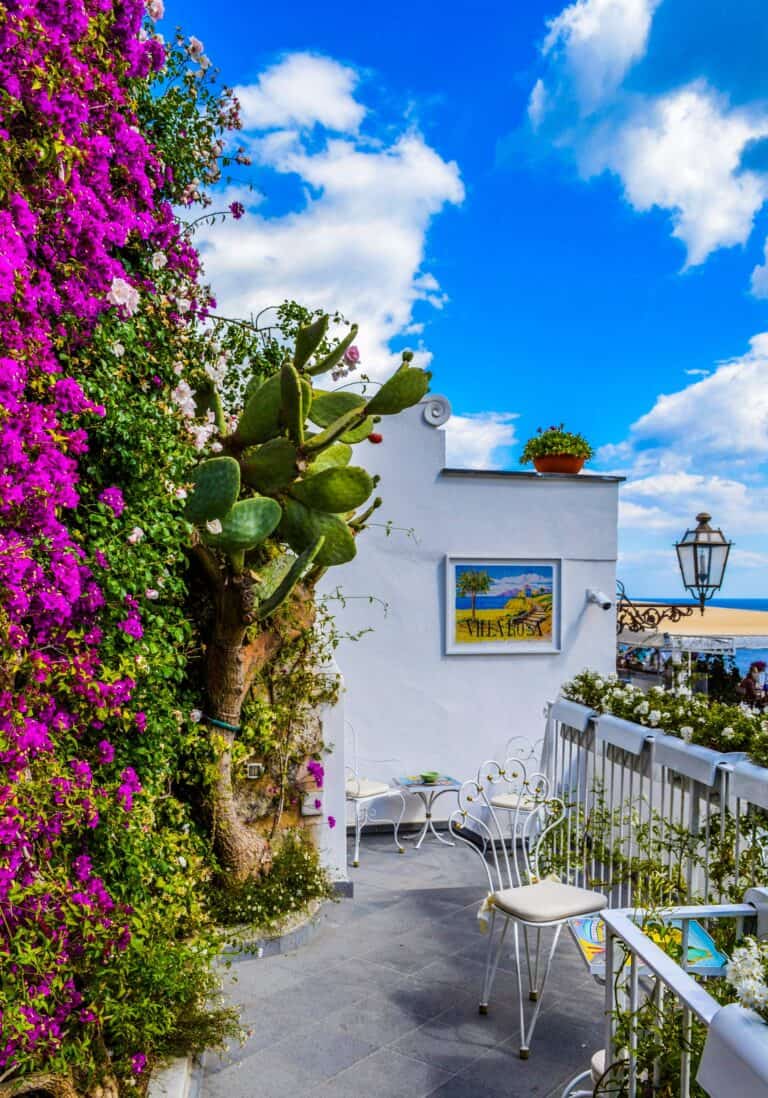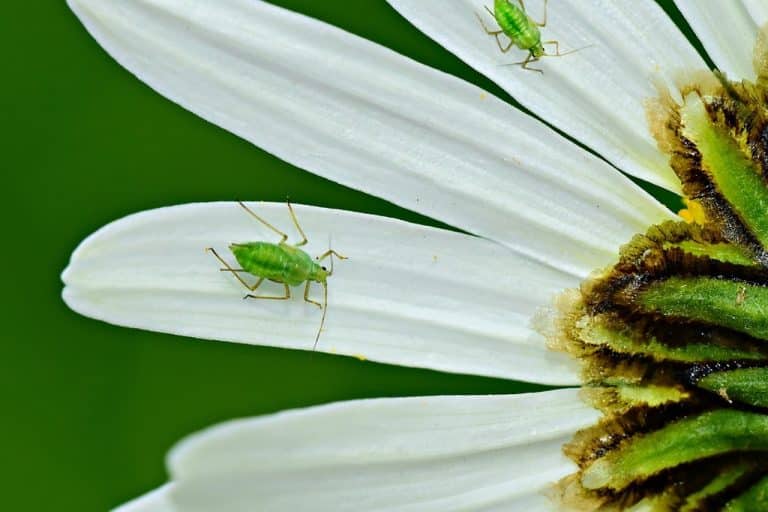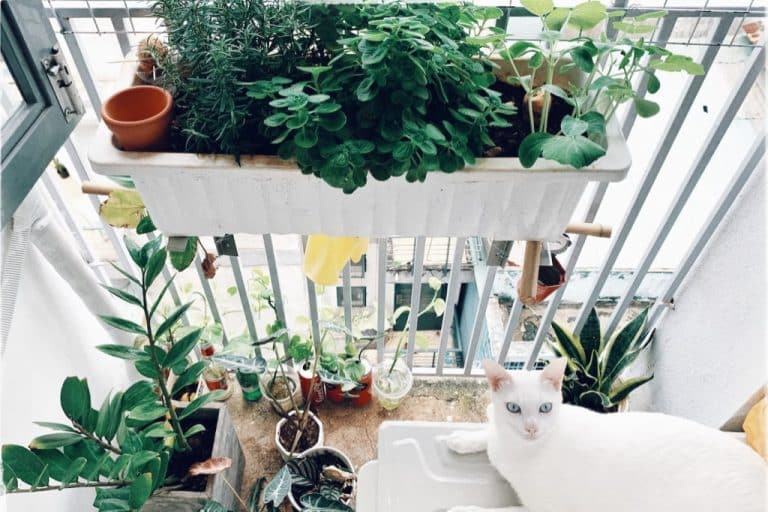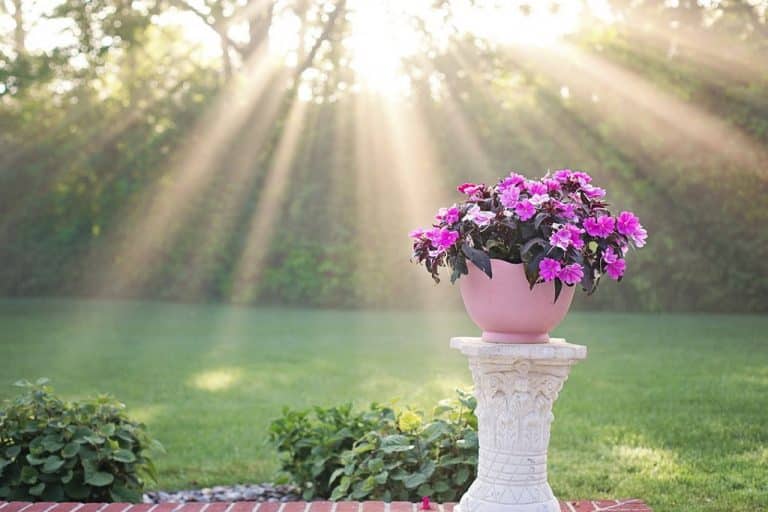How to plant, grow and care for rhododendrons
Rhododendron is a flowering shrub, known for its unsurpassed beauty, and is especially valued because it blooms early in the spring when almost no other plants in the garden are blooming yet.
Rhododendron (lat. Rhododendron) belongs to evergreen and deciduous species of trees and shrubs from the heather family. Rhododendron is also known as azalea, sedge and slech. Azaleas are smaller species that lose their leaves in winter, while the leaves of other species are evergreen, thick and leathery.
There are between 850 and 1,300 different species of rhododendron and numerous hybrids. Their natural habitat is the rocky areas of the northern hemisphere, and the most species of this plant adorn New Guinea and Southwestern China. As it does not like high temperatures, it does not succeed in Africa and South America.
Rhododendron flowers are attractive, lush, densely clustered in inflorescences and mostly vivid colors, from shades of yellow, orange, red, crimson and pink to white. In addition to the size and color of the flowers, they also differ in smell, so some species are fragrant, while others are not.
- Weather conditions for planting: indirect light, semi-shade to shade
- Soil: acidic, fertile and moist
- Flowering time: May, about twenty days
- Planting time: spring and autumn
- Height: from 35 cm to 120 cm, depending on the type
Rhododendron species
Types and varieties of rhododendron differ according to the appearance of leaves and flowers, and the most general division is into:
early bloomer
late bloomer
large bushes with large flowers
small bushes
fragrant
species that change color in autumn
species that tolerate the sun
species that tolerate calcium in the soil
Planting rhododendrons
It is recommended to plant from the beginning of April to the middle of May or between September and November (it is important that the plant is not in bloom). Rhododendron is planted in moist, humus, airy and acidic soil (pH preferably between 5-6). The hole in which the rhododendron is planted should be twice as deep as the size of the root (about 40 cm) and as wide as possible (about 60 cm), considering that the root of the rhododendron grows in width. Before planting the rhododendron, the hole should be filled with a substrate – a mixture of tree bark humus and peat, to which sawdust can be added, and the seedlings are kept in water.
When planting, it is necessary to avoid places where the sun reaches directly, it would be best if it were shady. If it is planted in a place with a lot of sun, it is recommended to cover it with a larger plant to shade it or with a plant that tolerates sunlight well. It is important to avoid plants with strong and shallow roots, such as walnut, birch, willow, linden or chestnut, while rhododendrons coexist well with apples, pears, fir, pine, larch and poplars.
Propagation of rhododendrons
Rhododendron can be propagated by cuttings in the summer, but in this way the plant often takes root slowly and with difficulty, as well as when using seeds. It is best to plant the seeds in winter so that the plant has enough time to grow stronger. The most important thing is that there is enough light and that the soil is kept moist and nutritious. It is sown in a growing container that must not be smaller than ten centimeters. A substrate is placed on the bottom, and seeds and peat are placed over the substrate.
The first time it is watered from above, and after that the water is placed in the substrate so that the plant takes as much water as it needs. The temperature in the room should be between 15 and 22 degrees. It takes one to two months to germinate, and it is transplanted outdoors after two years when it is strong enough.
However, it is best to propagate them by layering. The piles are laid on the ground, the leaves are cleaned, fixed in the ground and covered with a layer of soil. It takes several months for them to take root, and once they are rooted, they are ready to be separated from the mother plant.
Cultivation of rhododendrons
Rhododendron can be grown outdoors and indoors. It likes a lot of light, but does not tolerate direct sunlight. If it is kept in the house, it is recommended that it be near a window that faces east. Lower temperatures suit it – when it’s colder, indoor rhododendron blooms longer. The optimal temperature for flowering is between 10 and 16 degrees. Temperatures above 24 degrees should be avoided.
House plants are recommended to be watered once a week (every three days in summer), so that the jar with compost and rhododendron is immersed in soft water, instead of being watered from above. In addition, it is important to ensure that the compost does not dry out. The soil should be kept moist all the time, but it should not be too wet so that the roots do not rot. If it lacks moisture and the soil dries out, its leaves and flowers will fall off, which also happens when the air temperature is too high.
If the rhododendron is grown in the garden, pine bark or leaves are arranged around the plant in a range of ten centimeters to protect it from drying out and freezing. Due to the shallow roots, hoeing is not recommended in order to avoid damage. It would be best to water it with rainwater every five days in the summer, because this way the acidity of the soil does not change. During dry periods (late spring and summer), in addition to abundant watering, rhododendron also likes to spray its leaves with water. In winter, they need to be covered and protected from freezing.
Pruning rhododendrons is generally not necessary. Overgrown and old plants are pruned, preferably immediately after flowering – at the end of May or in June. It is in full bloom for about twenty days. It is pruned to form a bush, and diseased and dry branches are cut so that they do not exhaust the plant. Withered flowers are carefully removed immediately after flowering in order not to damage the young shoots and to make it easier for the plant to produce seeds. Young shoots are cut to a length of two centimeters, and older ones are left on which buds are formed that will soon bloom. After blooming, the rhododendron starts to produce new buds very quickly.
For successful rhododendron cultivation, fertilizing during the growing season, from March to August, is recommended. It is fed with specialized fertilizers for plants growing on soil with a low pH value. It can also be fertilized with cow manure. The fertilizer must not touch the plant or the root. Their roots are very sensitive to salt, so it is not good to feed them with concentrated mineral fertilizer, as this can lead to damage to the roots.
Diseases and pests
Rhododendron is a resistant plant, but it can still be attacked by garden pests such as vine weevil, red spider mite, and weevils, which can be controlled with insecticides.
The use of rhododendron
It is grown as an ornamental plant, and is often used in landscape architecture. It comes to the fore when planted in larger groups. Certain types of rhododendron are poisonous because grayanotoxin is found in the leaves, stems and flowers. The toxin was found in the following species: Rhododendron ponticum, Rhododendron flavum and Rhododendron simsii. Eating any part of the poisonous plant can cause stomach irritation, dizziness, nausea, abdominal pain, muscle spasms, rapid heart rate, skin rash, blurred vision, headache. It is poisonous to both humans and animals that gnaw the stems and leaves. Death has been reported in rare cases.
On the other hand, some types of rhododendron are used in folk medicine to treat diseases such as colds, rheumatism, epilepsy, colitis and heart problems. Among them are Rhododendron adamsii and Rhododendron dahuricum. It has been medically proven that certain species contain flavonoids, phenols and saponins that have an anti-inflammatory effect and contribute to the normal functioning of the liver.
Conclusion:
Rhododendron is not an easy plant to grow, many attempts unfortunately end in failure. To prevent this from happening to you, take care of these few things:
- the growing soil must be acidic and it must be well drained
- the plant must not be planted too deep
- must not be exposed to sunlight
- its leaves must be moiste







